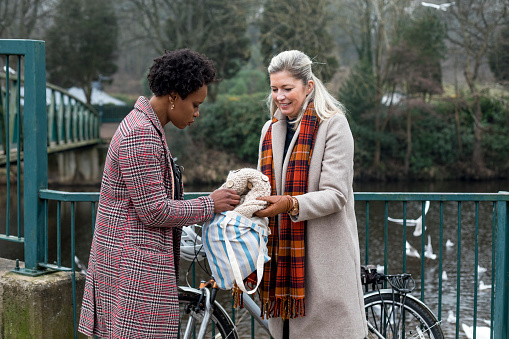Getting Creative With Repurposing and Upcycling Clothes
.png)
Repurposing and upcycling clothes is a great way to get creative with your wardrobe while also helping the environment. It’s an eco-friendly way to extend the life of your clothing and give it a new spin that you can make your own! What are Repurposing and Upcycling? Repurposing and upcycling involve taking existing items, such as clothing, and transforming them into something else. For example, you may take an old pair of jeans and turn them into a skirt or shorts. Or, you could take a t-shirt that you don’t wear anymore and turn it into a headband. The possibilities are endless! The Benefits of Repurposing/Upcycling Clothing Repurposing and upcycling clothing can be incredibly rewarding. You’re not only giving new life to an item that may have otherwise been discarded, but you’re also creating something unique for yourself. Not only does this save money (because you don’t have to buy new items), but it also helps reduce the amount of waste created by fashion production. Plus, r...




